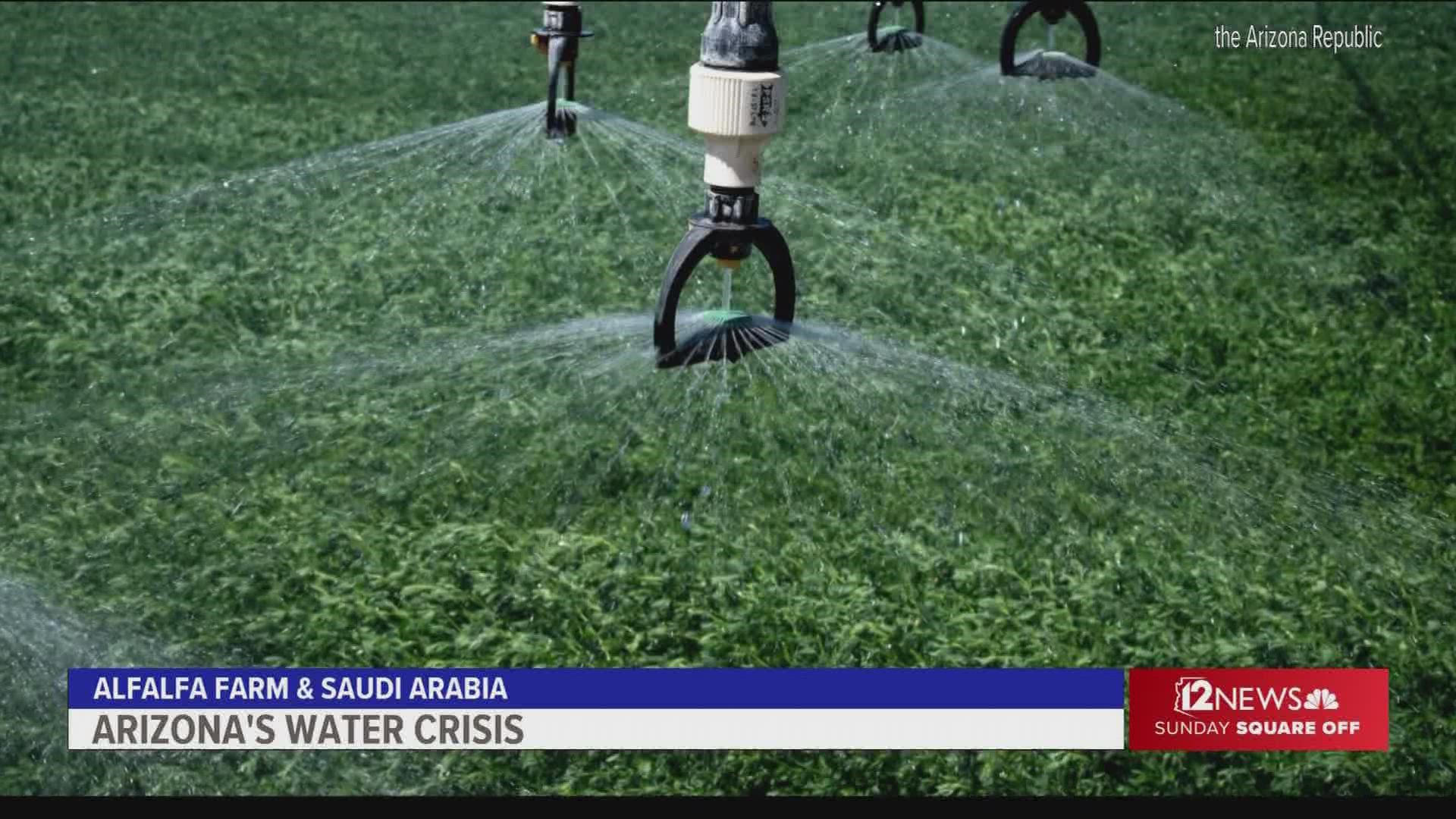LA PAZ, Arizona — A desert filled with dust, rock and dry vegetation is now teeming with rows of vividly green crops and roaming livestock fueled by underground water.
The situation is familiar to both residents of the state of Arizona and the kingdom of Saudi Arabia. A Saudi alfalfa farm that set up shop in La Paz County in 2015 acts as a living example of the similarities. Stories about the farm, however, seemingly focus on the differences.
Water experts criticize the farm for growing one of the world's most water-intensive crops during a megadrought using the state's limited groundwater.
These "water grab" narratives miss the full story. Arizona grew Saudi Arabia's agriculture industry into the behemoth it is today, alfalfa fields and all. The close partnership between the Grand Canyon State and the Middle East monarchy has lasted for close to a century, and now Arizonans are reaping the water-driven consequences our ancestors sowed.

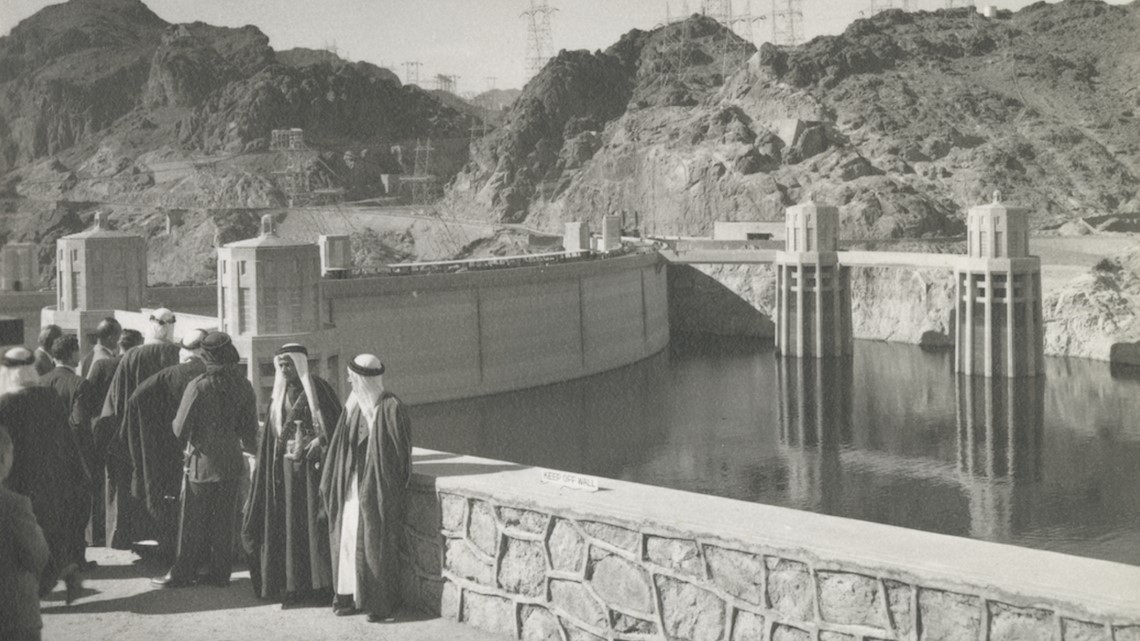
How an Arizona copper miner became a Saudi royal family adviser
The seed of Saudi Arabia's farming empire came from the mind of an Arizona copper miner named Karl Twitchell in the 1910s, according to political geographer and Tucson native Natalie Koch.
"[Twitchell] was brought to the Arabian Peninsula countries...to work for a plumbing company, where he very quickly starts to develop relationships with the elites," Koch said. "Because of the plumbing connection, the water question was always something the Gulf leaders were interested in talking to Americans about."
Koch's upcoming book, "Arid Empire: The Entangled Fates of Arizona and Arabia," explores the dual relationship between colonization of the U.S. Southwest and diplomatic relations in the Middle East.
Twitchell essentially fell into a royal adviser role for Saudi Arabia's first king, Ibn Saud. Twitchell's focus was on being a steward of water and agriculture for the country, according to the Karl S. Twitchell Papers collection archived at Princeton University.
He would eventually convince Saud to send him on a tour across the U.S. Southwest to survey farming practices. Twitchell then used that tour as a pitch to the U.S. government to get them to fund his agriculture projects back in the Middle East.
Seeing this as a potential generator of goodwill between the U.S. and Saudi Arabia, the State Department agreed to the funding proposal and created the U.S. Agricultural Mission of 1942.
>> Live, local, breaking. Download the 12 News app
Arizona farmers introduce alfalfa to the Saudis
The focus of the mission was to build international relations by "modernizing" the Saudi king's local farming, Twitchell's letters show. The first stage was to send Arizona desert experts to guide the kingdom's agriculture dreams.
"Some of the first American farming experts to travel to Saudi Arabia were from Arizona," Koch said. "The idea here was that they were going to help set up this grand vision of a spectacular site of agricultural production in the heartland of Saudi Arabia."
One of the first crops Arizona farmers introduced and promoted to the Saudi Arabian desert was alfalfa, one of the most water-intensive crops in the world according to the USDA.

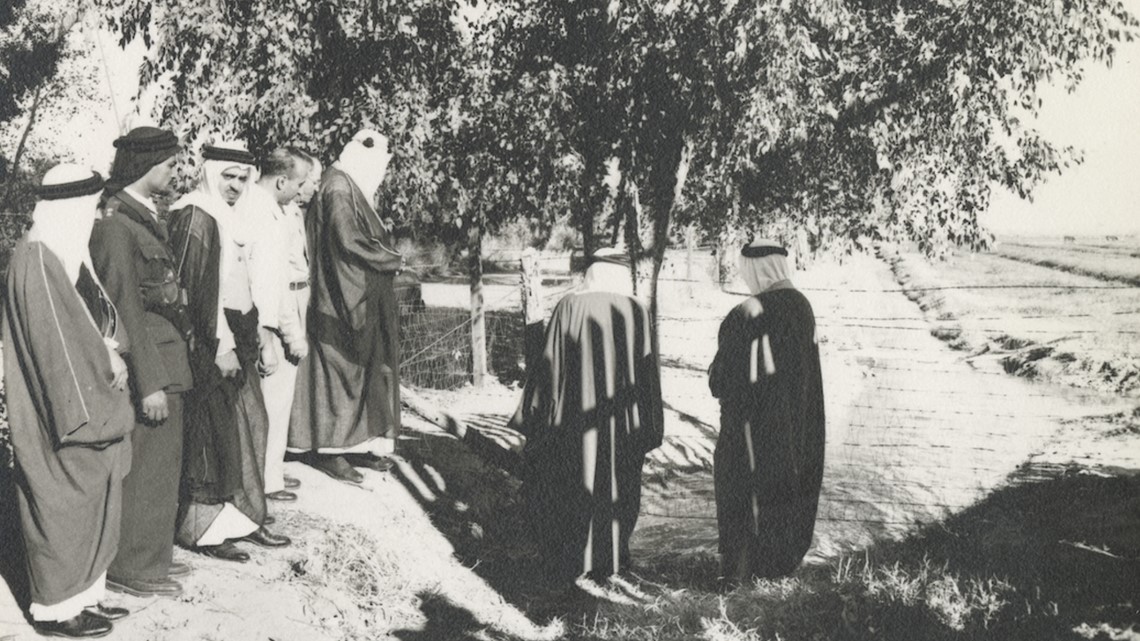
Alfalfa thrives in areas with long periods of sunlight, and large sinkholes filled with accessible water in the Saudi desert made growing the crop viable in the eyes of the Arizonans.
The alfalfa crops were first used to feed the Saudi king's collection of around 200 exotic horses. The royal family would later transition from feeding horses to cows, another influence from Arizona that would go on to be the inspiration for Saudi-based dairy company Almarai, the Middle East's largest dairy company and the owners of the La Paz County farm.
"After Ibn Saud visited Arizona, he then comes back to Saudi Arabia wanting to start his own dairy industry," Koch said. "Saud went to the American-Arabian oil company controlling the farm saying he wanted to set this up. They dutifully obliged and imported cows primarily from the U.S."
Arizona's "expertise" leads to Saudi water shortage
The inspiration for bringing cows to the Middle East was conceived by the Saudi crown prince Saud al-Saud during his visit to Arizona in 1947.
The tour was one of two prince visits that acted as the second focus of the U.S. agricultural mission: to enchant the Saudi royal family with how Arizona farmers have "tamed" the Sonoran Desert and had "mastered" desert farming.
The first visit in 1943 included Saudi princes Faisel and Khalid, but despite the presence of royalty in Arizona, this visit got little local news coverage.
"Twitchell was very upset on how this first visit was conducted," Koch said. "He wrote that he wasn't consulted enough about how to sell Arizona's desert expertise to the Saudis."
After the flop of the first visit, the 1947 tour pulled out all the stops. Numerous local newspapers, including the Arizona Republic, the Tucson Daily Citizen, and Desert Magazine, covered the crown prince's every step as he saw the state's icons, crop fields, and livestock farms.
The enchantment this tour provided stayed in the mind of the Saudi royal family for decades to come, especially during one of the kingdom's most difficult times as water began to dry up in their desert.
The path paved by Arizona farmers combined with numerous Saudi agricultural initiatives in the decades following the U.S. agricultural mission had a large impact on the country's history. The area's elites and large agribusinesses saw the most benefits while small farmers were largely pushed out. Mega-dairies thrived, and with them, significant spikes in alfalfa production.
It wasn't long before worries of water shortages began. The increased reliance on alfalfa meant Saudi aquifers were draining faster than ever. Experts today estimate that four-fifths of the Saudis' "fossil" water is now gone, according to National Geographic.
The country's agriculture businesses realized this and began focusing on international expansion efforts to keep production going.

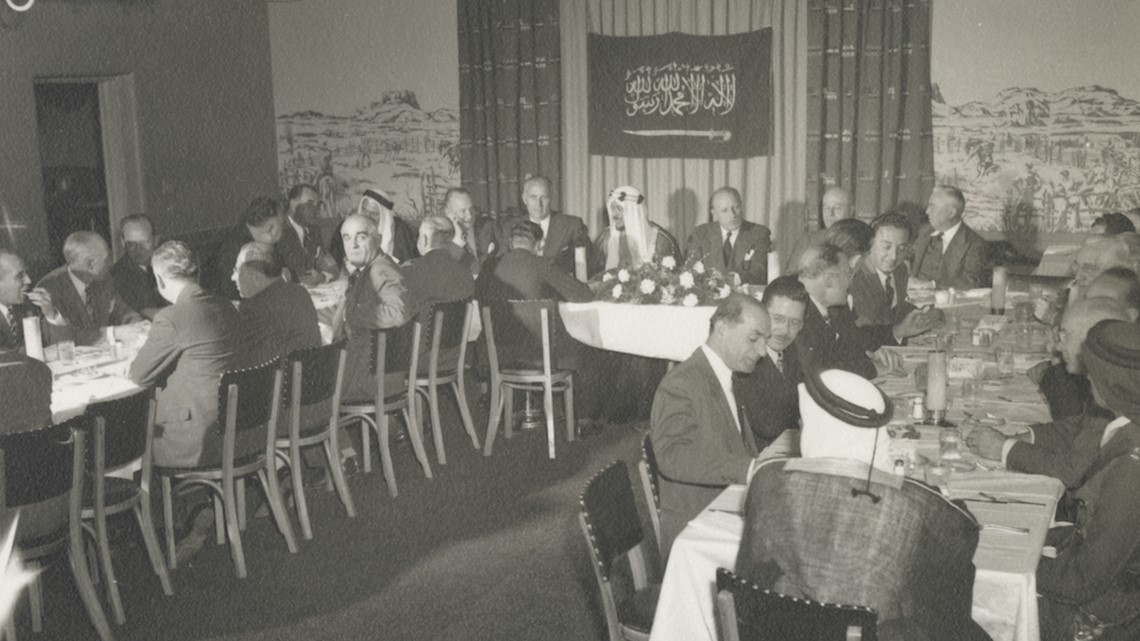
Arabia moves to Arizona
Four years before water woes came to a head in 2018 and the country's government banned the domestic growth of green forage, the Saudi farm in La Paz County was set up.
Established diplomatic relations and similar climate conditions were not the only reasons Saudi Arabia saw Arizona as one of the top contenders for expansion. Arizona's notoriously cheap groundwater rights also played a large role in influencing the decision.
As a Tucson native, Koch knows how fierce water politics are in Arizona. Numerous people told her they have no hope of the state's water policies improving because every little change requires a huge fight and is usually met with gridlock.
That gridlock is incredibly convenient for large agribusinesses like Almarai.

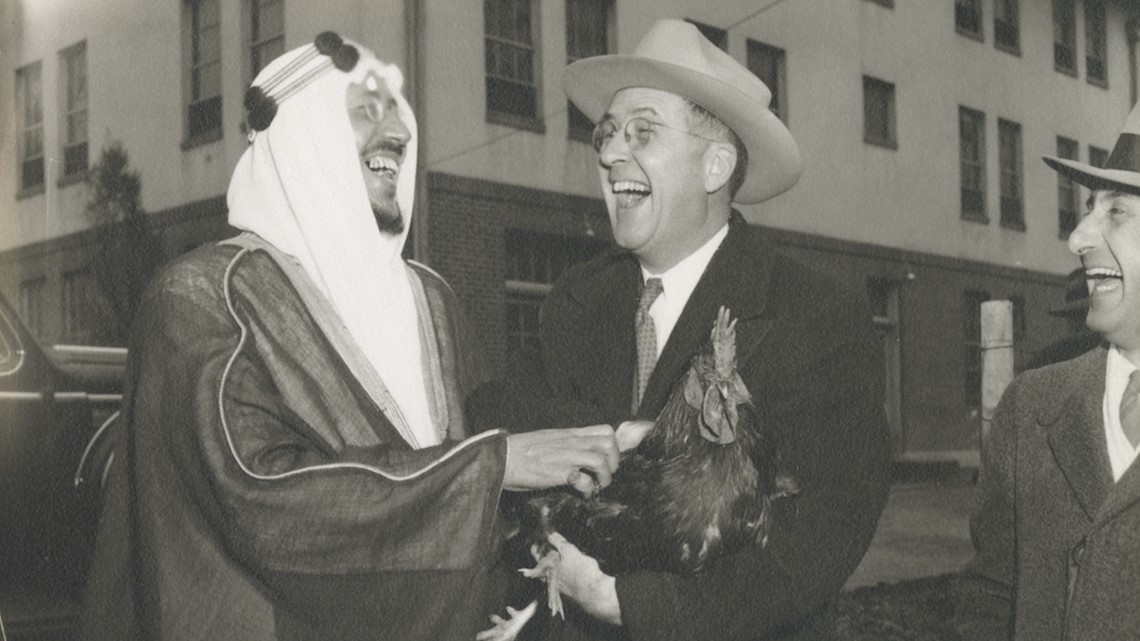
"There's a lot of problems with saying Arizona is the victim in this," Koch said. "The Arizona involvement in these histories, and what they helped set up based on this story of 'desert farming expertise,' is its own doing."
Big agribusiness, both international and domestic, has Arizona in its maw. Water wells are being run dry and the state's small farmers are facing the brunt of the shortages.
The story of the Saudi farm in La Paz County is usually used as a "lightning rod" for nationalistic arguments, Koch said. But the true story isn't one of an international business "stealing" water. The farm is just another example of how Arizona's lax groundwater laws are hurting local residents while benefiting those with money to spare.
With more Colorado River cuts on the horizon and the megadrought expected to worsen, state legislators will have to decide whether we will sow seeds of sustainability now, or have future generations reap the consequences of their inaction.
Scorched Earth
12 News, along with sister stations across Western states, set out to understand the dire conditions Arizona and other states face as drought and wildfire continue to rage.

